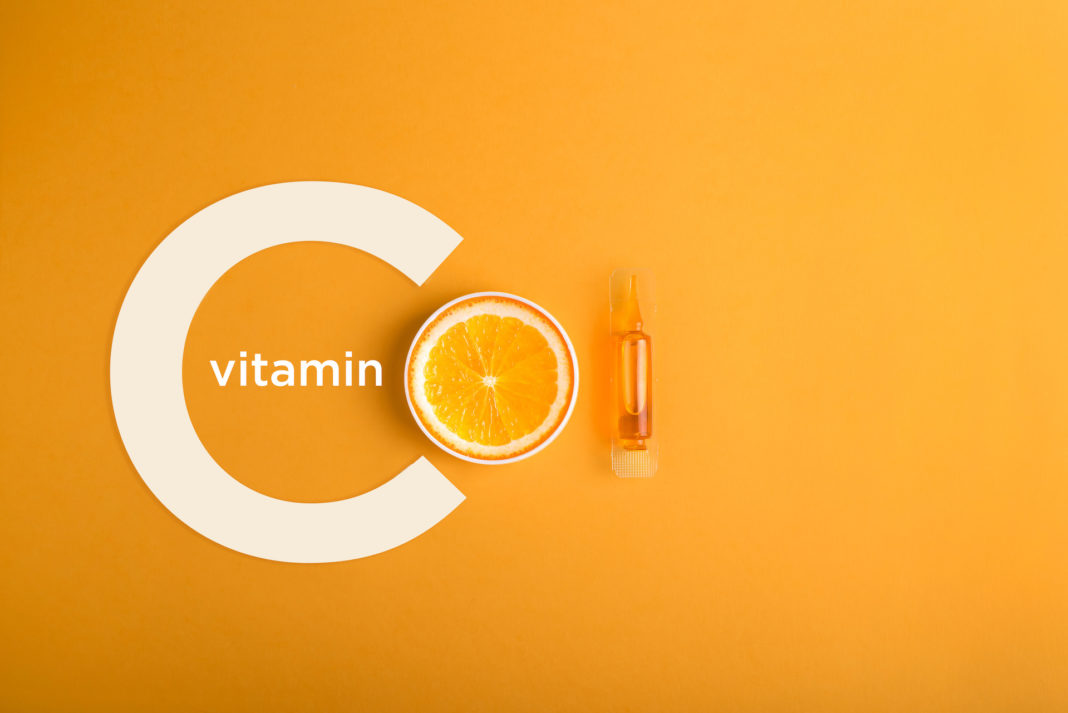Vitamin C- The Miracle Vitamin
Why this popular vitamin is more important than you think
Vitamin C has obviously helped boost the sale of oranges and orange juice, but it’s also one of the most popular nutritional supplements. Let’s take a look at why we love it and if it’s worthy of the hype.
Basic nutrition courses often include a discussion about how a lack of vitamin C during long voyages resulted in European sailors developing a life-threatening disease called scurvy according to Science History. In 1498, for example, Vasco da Gama and his 160-man crew sailed to India. One hundred of his men died of scurvy. Twenty-one years later, Magellan and his 218-man crew sailed to the Philippines. Two hundred of his men died of scurvy.
On a larger scale, between 1500 and 1800, an estimated two million sailors died of scurvy – far more than those killed by wars, storms, and all other diseases combined. That’s what we are told, but what we are often not told is that the officers on the European ships seldom developed scurvy. The truth is, scurvy among the sailors could be traced to primarily financial and cultural reasons. Seriously.
European sailors ate cheap food that did not contain this vitamin, such as rye flour crackers, salt fish, and salt beef. The officers ate better, consuming such delicacies packed with vitamin-C like potatoes, and they seldom got scurvy. And when the sailors had shore leave, they would buy the cheapest foods available and avoided fruits, vegetables, and other foods. As for the Chinese and Vikings, their travel foods included sauerkraut and bean sprouts.
This sailor story got us interested in the importance of vitamin C, but the person who made it a national obsession was Nobel Prize-winning chemist Linus Pauling.
Linus Pauling’s Vitamin C Revolution
Pauling first got our attention when he claimed that mega dosages of vitamin C could reduce the risk of the common cold by 45 percent. He published a book about this topic called Vitamin C and the Common Cold. Then he took it a step further by claiming it may help prevent and treat cancer.
To prove his theory, Paul teamed up with Dr. Ewan Cameron to treat terminal cancer patients with large dosages of the vitamin, 10,000 mg (as a comparison, about 10mg may be enough to prevent scurvy). There were many flaws in the study.
Says Stephen Barrett, M.D., writing in an article about this study, “Linus Pauling’s claim that high-dose vitamin C prolonged the life of cancer patients was based on improper statistical analysis of data from a case series. Subsequent clinical trials found no benefit from what he recommended.”
Later studies showed the value of using vitamin C not as an “alternative” to conventional cancer treatments, but as a “complementary” treatment to support conventional medicine. However, Pauling’s flawed study, outrageous claims, plus the unfortunate fact that he developed cancer in his later years, created scientific backlash such that the medical community looked at any future claims about the benefits of vitamin C with a critical eye.
With that background, what does vitamin C do, and how much do we need?
Vitamin C, Optimal Health, and the COVID-19 Connection
First, with fruits and vegetables reliable available and so many products containing vitamin C, it is rare that anyone will not obtain the government’s minimal recommended requirements. One large orange will do it, and a decent multi-vitamin. However, consider that certain lifestyle factors, such as smoking and pollution, depletes the vitamin. However, with my patients, my goal is not just to keep them from disease, but to help them achieve optimal health and a longer life.
Vitamin C has numerous functions, including tissue growth and repair, wound healing, and supporting the immune system. The medical community has recently taken a special interest in vitamin C lately for its role in reducing inflammation the severity of respiratory infections. In fact, promising research from China suggests that the complementary use of vitamin C may have value in improving lunge function with those with COVID-19, and the Shanghai Medical Association has endorsed its use.
Although every corner drugstore and just about every supermarket carries a vitamin C supplement, not all supplements are created equal. At the IV Lounge, we use a preservative-free, tapioca-based product, as the corn-based products tend to be more allergy-inducing. Our product is of the highest pharmaceutical grade, manufactured in the US, and designed specifically for IV injection.
IV injection is the gold standard for vitamin C supplementation, as the vitamin is administered directly into the bloodstream. Also, with the IV form you can achieve higher blood concentrations of Vitamin C, because after 8 grams via the oral route, the GI tract is incapable of absorbing more, whereas with IV route you can safely go up to 50, 75 and even 100 grams. This difference is important, as the higher the concentration in the blood of vitamin C when the symptoms of cold or flu appear, the faster and easier the duration of the disease.
How much vitamin C should you take, how should you modify your diet to ensure you are getting enough vitamin C, do you need a vitamin C supplement (and if so, which one?), and could you benefit from an IV drip (the best way to absorb this nutrient) containing this vitamin? To find out, book a consultation with our dietitian who can determine through our extensive screening process. As we like to say at the IV Lounge, “We test – we do not guess!”







